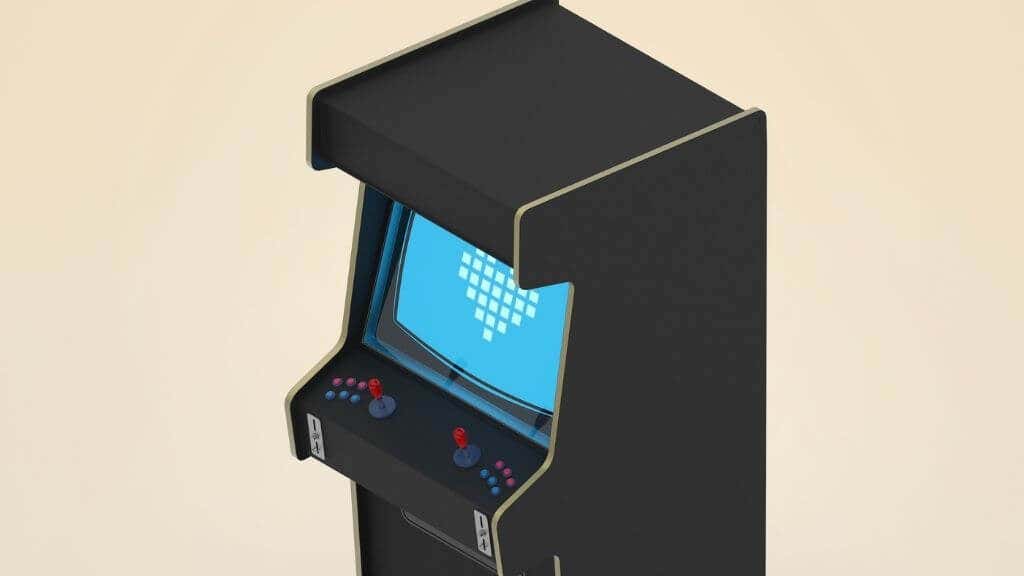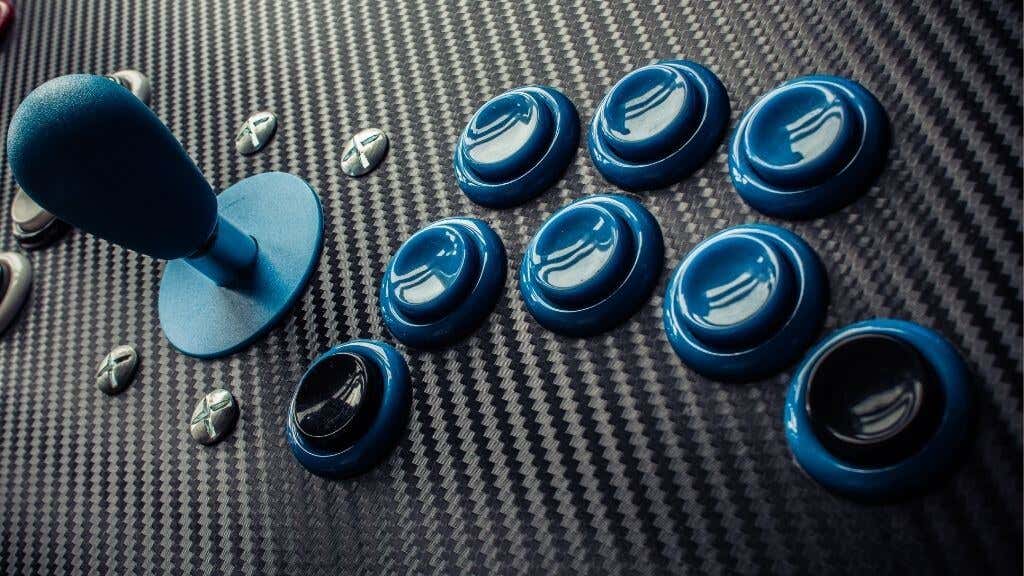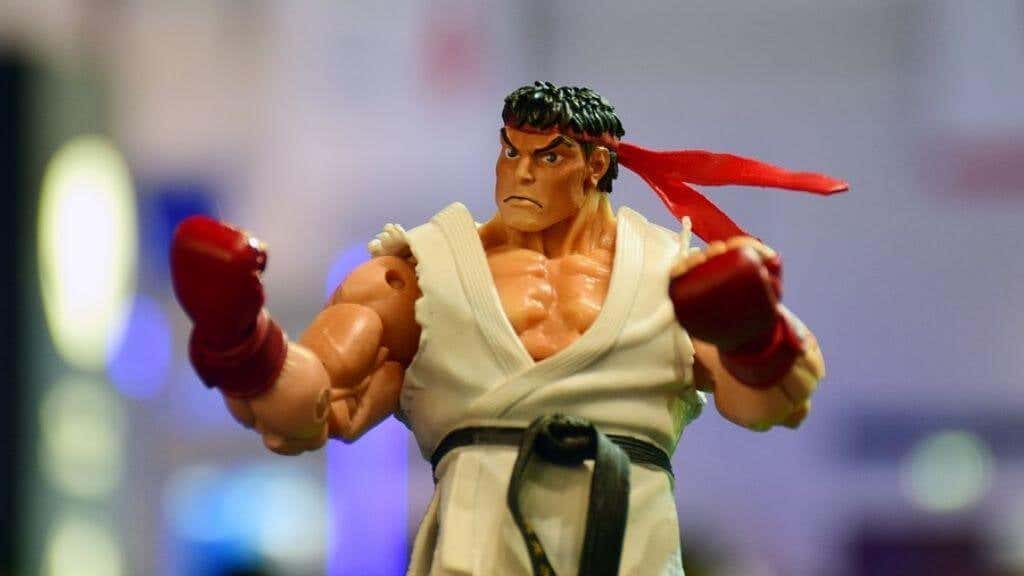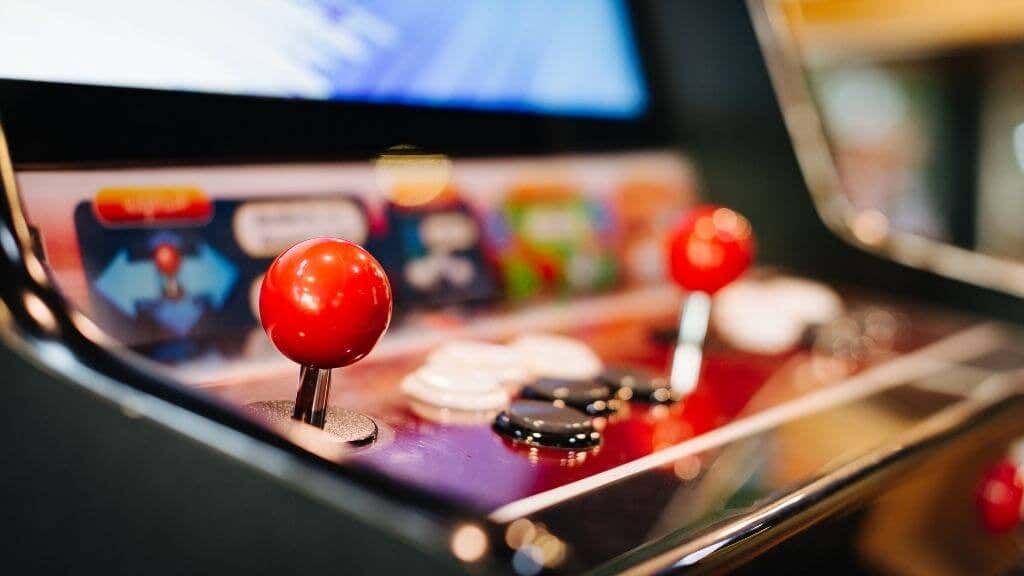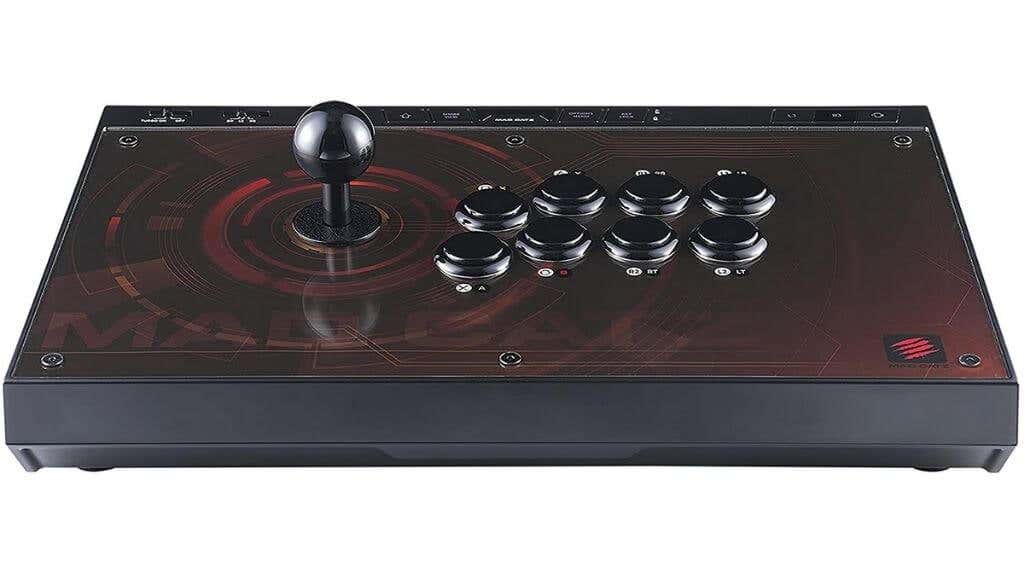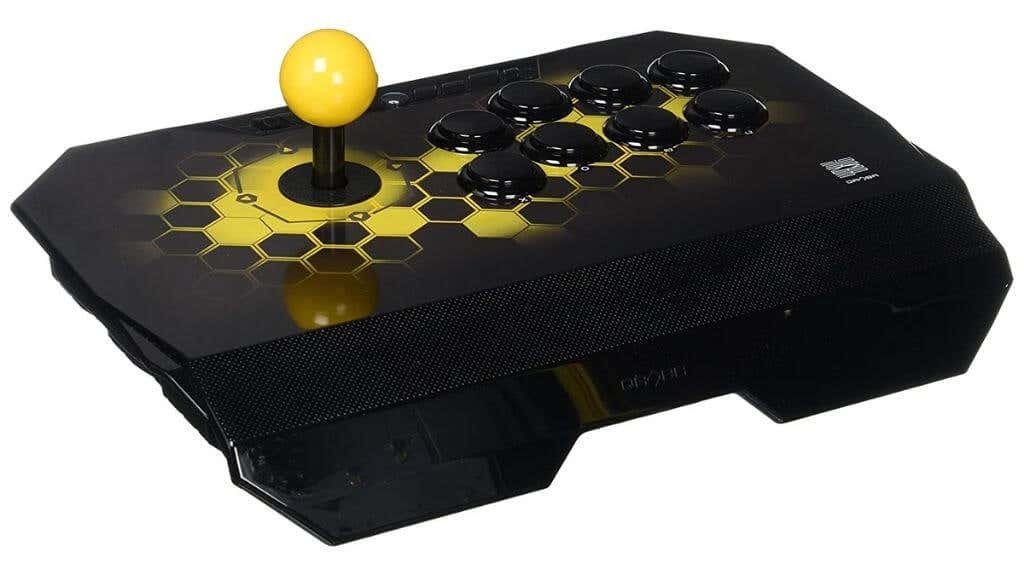What Is a USB Arcade Stick?
While there is some variation, modern arcade sticks have roughly the same basic layout. There’s the stick itself, which consists of a rod with a ball at the end. While different grip styles exist, the most common is to grip the ball between the base of the middle- and ring- finger, palm-up. The buttons on a USB arcade stick are large and usually laid out in two rows of four. Your four fingers (index to pinkie) can rest on either row and switch between them. Additional buttons, such as Start or Select, may be present, but the stick and eight-button layout are at the core of the product’s design.
Some Games Are Just Better With an Arcade Stick
The main reason most people buy arcade sticks is to play 2D fighting games. Examples include the Street Fighter series and the BlazBlue franchise. While these games are undoubtedly playable using a standard gamepad, anyone who wants to play competitively eventually moves to an arcade stick. This is such an everyday use of these sticks that they are often called “arcade fight sticks,” but of course, you can use arcade sticks for any game type. There’s also a thriving arcade emulation community, especially on PCs. It’s possible to use an arcade emulator application such as MAME to play original arcade ROMs. Arcade sticks can also be used for DIY home arcade cabinets, on repurposed old computers, or devices like the Raspberry Pi. Even if you aren’t interested in emulation, this is the golden age of retro game releases so that you can find arcade collections on every central console.
Arcade Stick Designs
Although there’s a basic layout for sticks like these, different manufacturers use different designs. Some are meant to be played from the couch like a gamepad. Others are intended for tabletops, with the player standing up. Your stick may be weighted to make it stable under heavy play, or it could be light and easily transportable. There are many variations within the category, so it’s worth thinking about how and where you want to play.
2-Player Arcade Sticks
Most gamers are likely looking to play by themselves, but if you want a local 2-player arcade experience (or you want to build a 2-player arcade cabinet), then it’s worth mentioning that you can buy 2-player arcade sticks. The main advantage with these is that both players are using precisely the same sticks, so there’s no unfair advantage for anyone. It also works out a little cheaper than buying two separate sticks.
Quality Matters!
There’s always a debate within the arcade stick community about which sticks are the best, but one thing that everyone can agree on is that component quality matters. You’re going to be pretty violent with the stick and buttons, so it’s critical that the switches inside stand up to the wear and tear of intense play. In arcade sticks, components made by Sanwa are considered the gold standard, and sticks that use genuine Sanwa parts command a higher price. However, that doesn’t mean that parts from other brands can’t be great as well!
What About Wireless Arcade Sticks?
You have the option of using a wireless arcade stick rather than a wired USB model. For most casual players, this should be fine, but if you have aspirations to play competitively, then the additional latency that can happen with Bluetooth could be a problem. In fighting games, where players count individual animation frames, a wired controller could mean the difference between victory and defeat. Also, you don’t have to worry about the battery dying at a crucial moment!
Great Arcade Sticks You Can Buy
Now that we’re all on the same page about arcade sticks and why they’re so incredible, let’s look at a few good examples you might consider.
Mad Catz The Authentic EGO
Mad Catz has a somewhat mixed history with their controller products. Some are highly-regarded, and others were ambitious flops. However, no one can deny that they’ve always been an essential presence in the controller market. This “The Authentic Ego” controller starts strong by offering “Tournament-grade” Sanwa components in both the stick and buttons. Not bad, considering the competitive price. However, since this has a turbo-fire function, you probably won’t be allowed to play in any actual tournaments with it. You can use this stick on a desk or your lap since it has a metal base and non-slip foam. The decal can be customized and has a nifty lock function, so you don’t accidentally hit the pause button when things get frantic. Add to that its broad compatibility with consoles and PC, and we have a tremendous all-around stick suitable for almost everyone.
HORI Switch Fighting Stick Mini
Although this little stick is officially marketed as a Switch controller, it works with PCs as well. So you should have no trouble using it with PC-based emulators or native arcade-style PC games. As for the Switch, it’s home to a large number of arcade game ports, so you’ll have no shortage of games to play with this compact stick. The best part of the Mini is that you can throw it in a bag and take it with you. It’s also easy to just tuck it away somewhere when you don’t need it. Most arcade sticks are massive, so the Mini might be the answer if space is a concern.
Qanba Drone
Qanba is known for its high-end sticks, such as the Qanba Dragon, but they also make a mean budget arcade stick as well. Sony licenses this Drone, so it works with the Playstation 4 and 3 and PCs. While the Drone is not as compact as the HORI Mini, it’s designed for transport. For example, it has a handy compartment for the USB cable so that you can avoid tangles in your bag. Despite being relatively compact, the stick and buttons themselves are full-size. There’s also the obligatory lock button to prevent accidental presses of the system buttons as you play. In a nice touch, Qanba has spaced the Drone layout to exactly match the standard for Japanese arcades to add some nice authenticity.
Round Two. Fight!
Whether you’re all about mastering Street Fighter or you just want to relive those NEOGEO classics the right way, an arcade stick is the best way to do it. It’s just as good as the arcade days we all so fondly remember, minus the stale beer smell, cigarette smoke, and the need for tokens.
